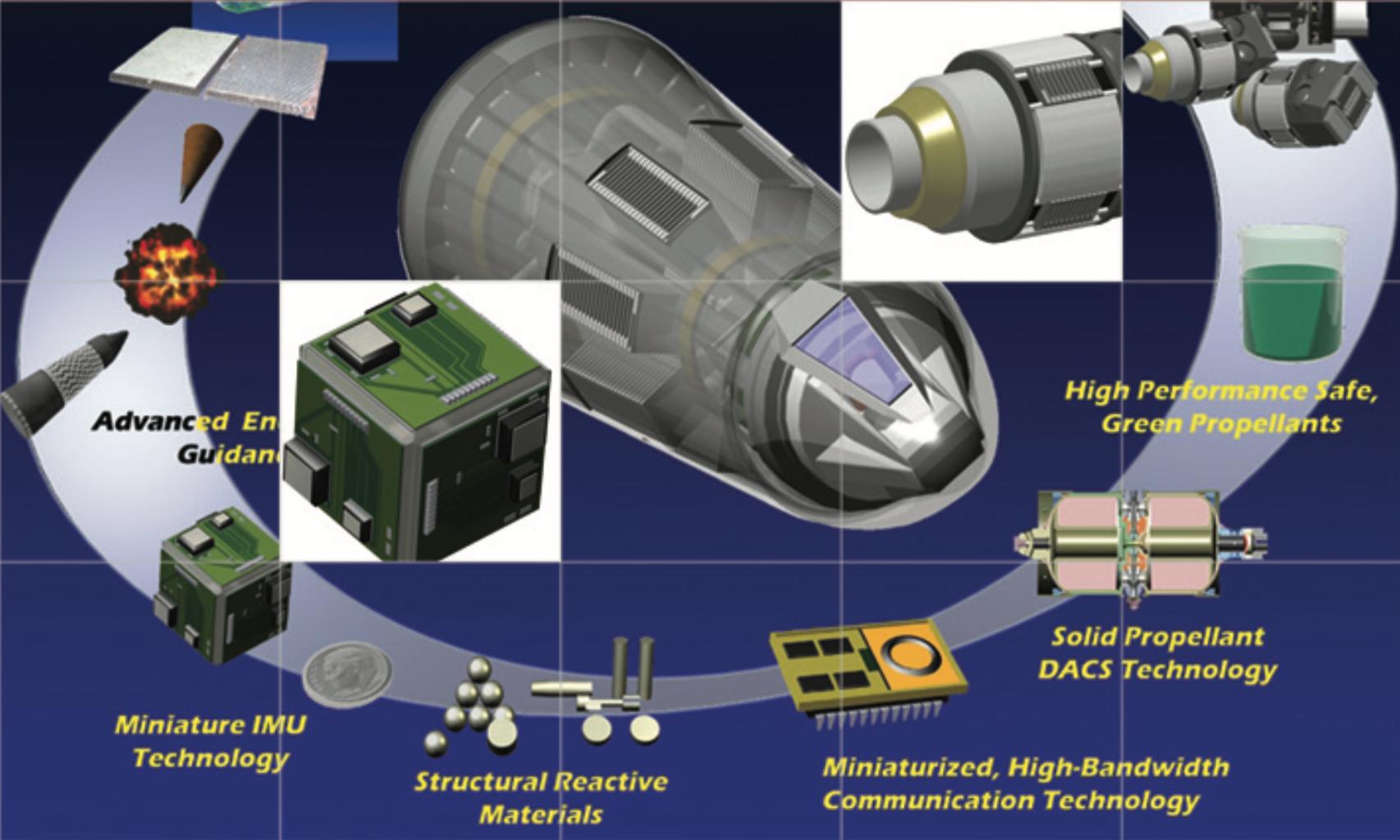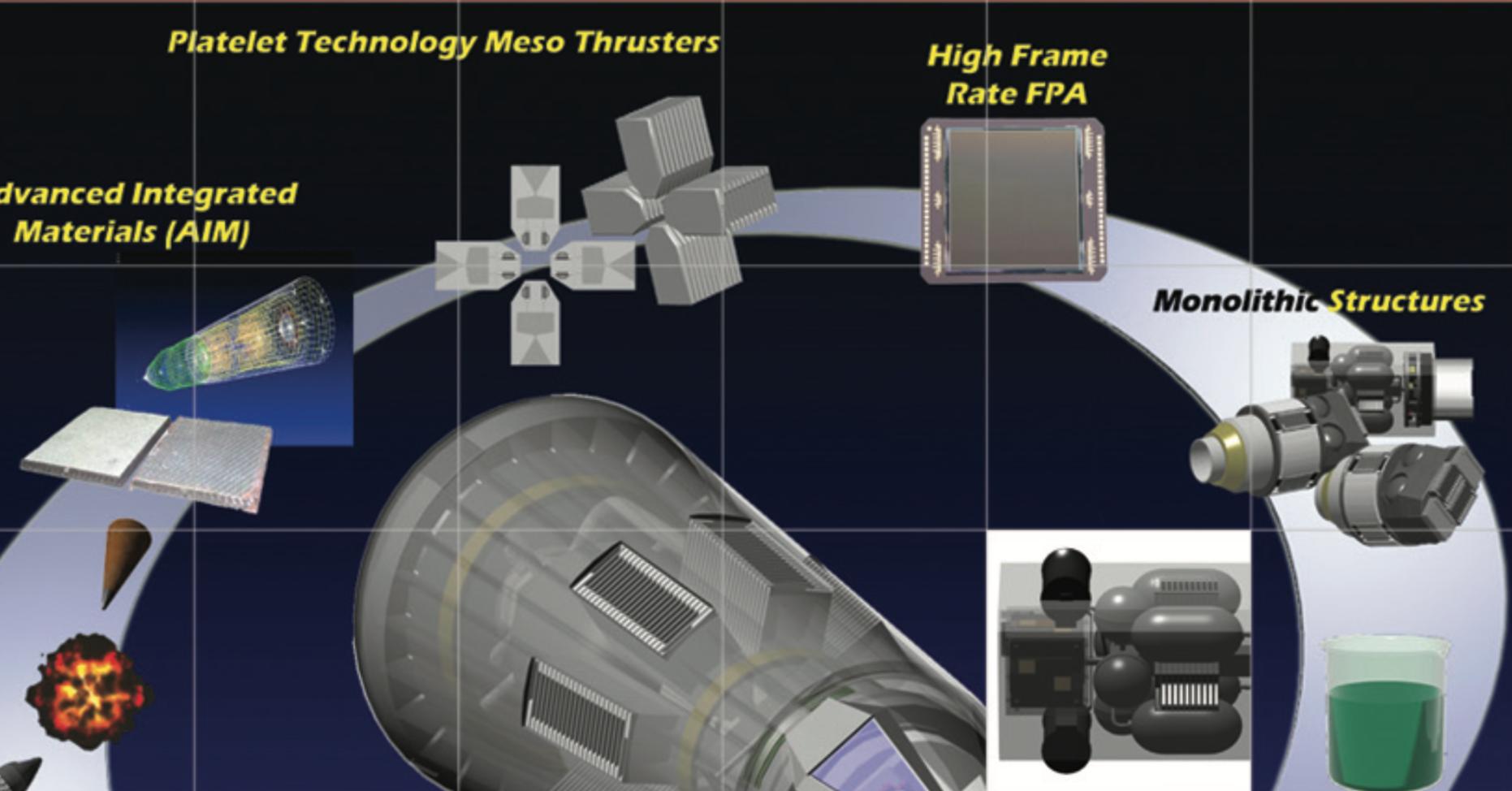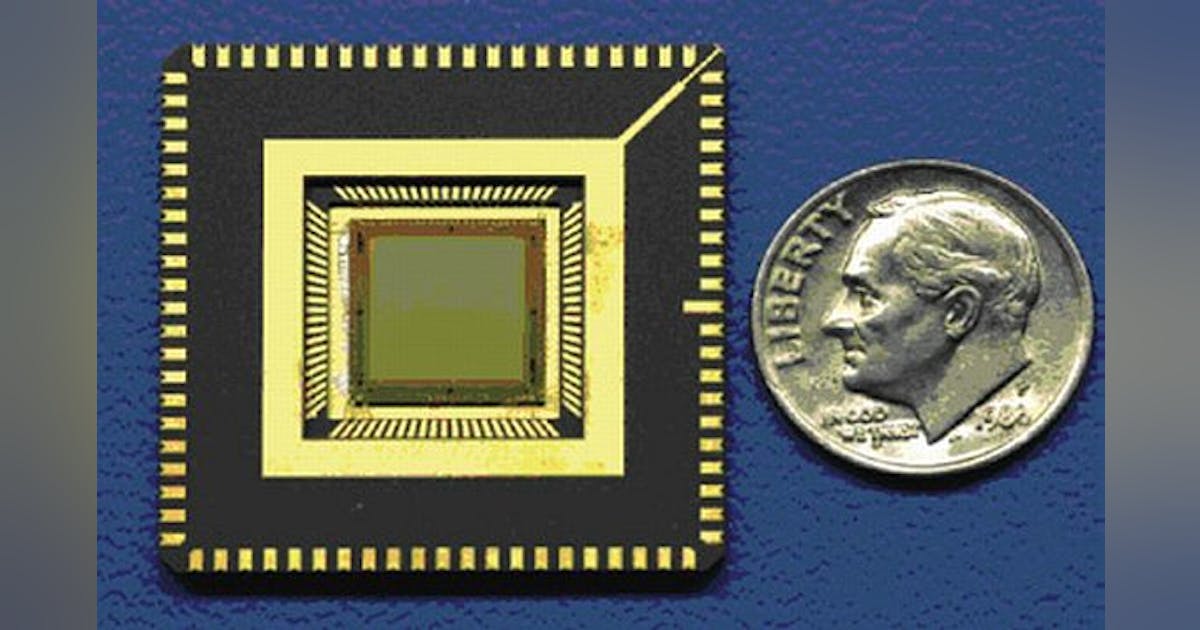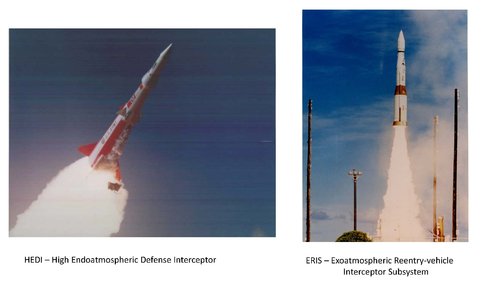bring_it_on
I really should change my personal text
- Joined
- 4 July 2013
- Messages
- 3,668
- Reaction score
- 3,824
WASHINGTON — The Army’s two key missile defense systems — Patriot and the Terminal High Altitude Air Defense system — successfully talked in a test conducted by the Missile Defense Agency and the service at White Sands Missile Range, New Mexico, April 6.
The Army is planning to tie THAAD and Patriot together within in two years and received a surplus of funding in the recently passed fiscal 2018 omnibus spending bill to proceed with the effort.
Tying the systems together is critical to establishing a more effective, layered approach to air-and-missile defense and could enhance the development of the Army’s future AMD command-and-control system, the Integrated Air-and-Missile Defense Battle Command System — or IBCS.
Both THAAD and Patriot picked up a live short-range Lynx missile target suing their radars and tracked the target individually, but both systems “exchanged messages through tactical data links and verified interoperability between the weapons systems,” according to an MDA statement.
No live interceptors were launched.
“These two weapon systems are vitally important as components of our layered ballistic missile defense system and it is critical that they are able to transmit data and communicate with one another,” MDA Director Lt. Gen. Samuel Greaves said in the statement.
The test supported the materiel release of the THAAD 3.0 software upgrades and meets requirements laid out in the FY16 National Defense Authorization Act for the MDA and Army to annually test interoperability and integration of THAAD and Patriot, the statement notes.
Driving the effort are the forces in South Korea where both THAAD and Patriot are deployed. THAAD is also deployed in Guam, while Patriot units are spread wider around the world. Patriot deployments are considered to be among the most taxing and lengthy ones in the Army.
Lockheed Martin Corp., Grand Prairie, Texas, was awarded a $200,000,000 modification (0001 03) cost-plus-incentive-fee contract W31P4Q-17-G-0001 for Terminal High Altitude Area Defense, Phased Array Tracking to Intercept of Target (PATRIOT), Advanced Capability (PAC-3) missile segment enhancement integration and PATRIOT launch on remote development. One bid was solicited with one bid received. Work will be performed in Grand Prairie, Texas, with an estimated completion date of Feb. 28, 2022. Fiscal 2018 research, development, test and evaluation funds in the amount of $10,500,000 were obligated at the time of the award. U.S. Army Contracting Command, Redstone Arsenal, Alabama, is the contracting activity.
The awarded action is for the procurement of THAAD/PATRIOT Advanced Capability (PAC-3) Missile Segment Enhancement (MSE) Integration (TMI) and PATRIOT Launch on Remote (LOR) development. The action is to accomplish the development of capabilities in support of THAAD MSE Integration and PATRIOT Launch on Remote; design and implementation of an updated Fire Solution Computer software and architecture; Launcher Interface Network Kit software development activities; and a trade study to assess feasibility of launching a PAC-3 MSE from a THAAD launcher.
The source awarded this effort is Lockheed Martin Missiles and Fire Control (LMMFC), 1701 West Marshall Drive, Grand Prairie, Texas, 75051, commercial and government entity (CAGE) code 64059. LMMFC is the developer and producer of the PAC-3 missile segment and support equipment, and the only source with the knowledge, expertise, and a full disclosure technical data package (TOP) to perform this effort. The Government does not have the necessary intellectual property rights to utilize the data for full and open competition.


They mask the head of MRBM !
Since the camera is following the MRBM, it's entirely possible that it's not moving at all. If you look, there are two similar but different shaped aberrations about the MRBM plume. Whatever it is has negligible IR signature and was therefore likely already up there in space.It's going to opposite direction of the MRBM. It's not the THAAD booster either.
Since the camera is following the MRBM, it's entirely possible that it's not moving at all.
But how high up is the object? Is the object actually some distant cosmic feature, in which case it would be stationary (as far as we're concerned)? The fact it isn't there at all from another angle makes me think the latter is probably the case. It would also explain why its path appears to be exactly parallel to the MRBM and in the opposing direction.It's definitely moving (unless somebody has invented an antigravity device). One of those things that make you wonder. I doubt it would be something in orbit as the intercept was probably less than 100 miles up.
But how high up is the object? Is the object actually some distant cosmic feature, in which case it would be stationary (as far as we're concerned)? The fact it isn't there at all from another angle makes me think the latter is probably the case. It would also explain why its path appears to be exactly parallel to the MRBM and in the opposing direction.It's definitely moving (unless somebody has invented an antigravity device). One of those things that make you wonder. I doubt it would be something in orbit as the intercept was probably less than 100 miles up.
Maybe I'm confusing which missile the camera is tracking. I thought it was the MRBM from the first angle because it flies straight and the THAAD from the second because it moves about, also the THAAD is hotter because it has been through dense air more recently. Either way the object flies perfectly parallel to the tracked missile from the first angle and in the opposite direction, yet it does not appear from the alternative angle. This is all consistent with a distant background feature of the cosmos that passes through the shot as the camera tracks in the direction of the missile. The camera could track a missile past this background feature in any direction and it would always appear to move parallel to the direction of travel. From the second angle, the background feature does not pass through the shot because the camera is pointing away from it. It's probably a star or something.It seems to behave like something in orbit but I'd think we wouldn't be able to see it if it was. (Much further away.) I thought maybe it was THAAD's booster, having fallen in altitude (but looking faster because it's closer to the camera). There is no axial motor for the KKV so at separation they'll be going the same velocity. . .
Yeah, it's probably a star passing through the shot as the camera tracks the missile.Weird. Probably something boring.
Propels it forwards rather than just having side-to-side manoeuvring thrusters I think.What is Axial Upper Stage ?
Electro-optics engineers at the BAE Systems Electronic Systems segment in Nashua, N.H., will design special sensitive infrared sensors to enhance the ability of anti-air missiles to detect, track, and destroy incoming ballistic missile warheads.
Officials of the U.S. Missile Defense Agency (MDA) at Redstone Arsenal, Ala., announced a $9.4 million contract to BAE Systems on Friday to design and fabricate 512-by-512-pixel two-color high speed digital focal plane arrays.
Digital focal plane array detectors often are used in longwave infrared detectors that are designed specially to detect the hot plumes of missiles, as well as the heat from ballistic missile warheads re-entering the atmosphere.

BAE Systems to develop advanced digital focal plane array detectors for missile defense
REDSTONE ARSENAL, Ala., 23 June 2014. Electro-optics engineers at the BAE Systems Electronic Systems segment in Nashua, N.H., will design special sensitive infrared sensors to...www.militaryaerospace.com
ERIS was more like GBI (it used Minuteman as a booster). HEDI was basically a hit-to-kill Sprint. THAAD is similar to neither.Looks like the old SDI architecture of mid course intereceptor, ERIS exoatmospheric interceptor, and HEDI endo atmospheric intereceptor are being resurrected with THAAD performing a dual HEDI/ERIS function and block II SM3 allowing mobile ERIS type coverage. With Block II-B SM3, a limited KEI type coverage might develop.

ERIS was more like GBI (it used Minuteman as a booster). HEDI was basically a hit-to-kill Sprint. THAAD is similar to neither.Looks like the old SDI architecture of mid course intereceptor, ERIS exoatmospheric interceptor, and HEDI endo atmospheric intereceptor are being resurrected with THAAD performing a dual HEDI/ERIS function and block II SM3 allowing mobile ERIS type coverage. With Block II-B SM3, a limited KEI type coverage might develop.
View attachment 631914
Probably not GBI range, but probably longer than anything that had been tried before. (Thought I'll admit I don't know the longest Spartan shots they ever tried.)ERIS was more like GBI (it used Minuteman as a booster). HEDI was basically a hit-to-kill Sprint. THAAD is similar to neither.Looks like the old SDI architecture of mid course intereceptor, ERIS exoatmospheric interceptor, and HEDI endo atmospheric intereceptor are being resurrected with THAAD performing a dual HEDI/ERIS function and block II SM3 allowing mobile ERIS type coverage. With Block II-B SM3, a limited KEI type coverage might develop.
View attachment 631914
I thought ERIS only used Minuteman upper stages and was much more limited in range (it could get pretty far out into space but not reach all the way to mid course).
